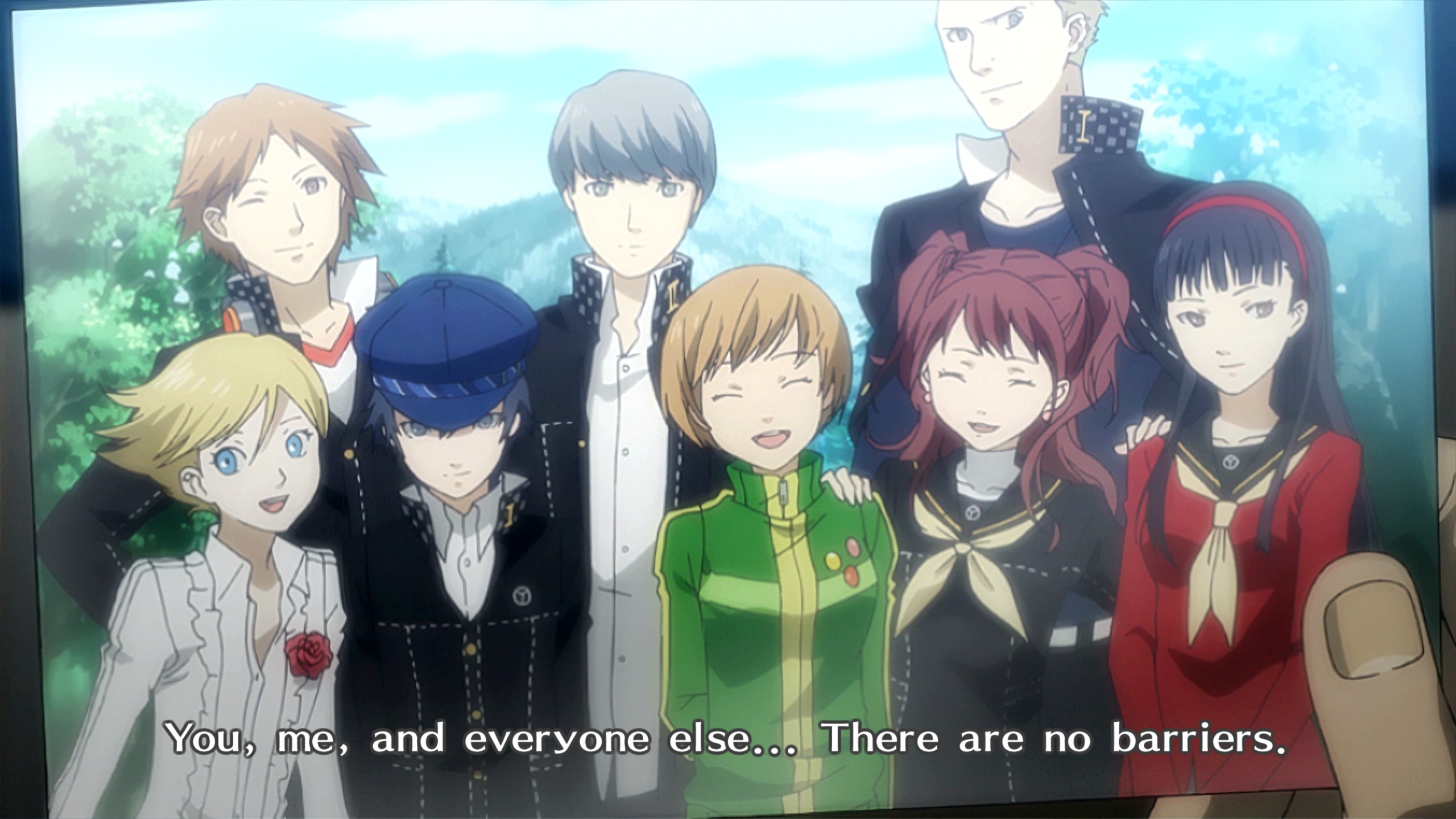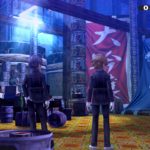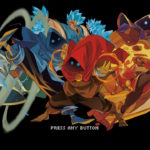A transfer student spends a year in a strange town. He discovers he has the ability to enter a supernatural world and summon a manifestation of his inner self that he calls a Persona. He immediately makes new friends who find they can also enter this supernatural world and also summon Personas. He eventually collects a team of fellow high school students with Personas who go on to secretly save the world. At the end of the year, the transfer student returns home.
This is the plot to Persona 5, a game I played a few years ago. It’s also the plot to Persona 4, a game I had never played until now. Playing P4 is like seeing all sorts of good ideas that would be done even better in the next game. Playing them out of order probably wasn’t the best plan, but it’s how it happened for me.
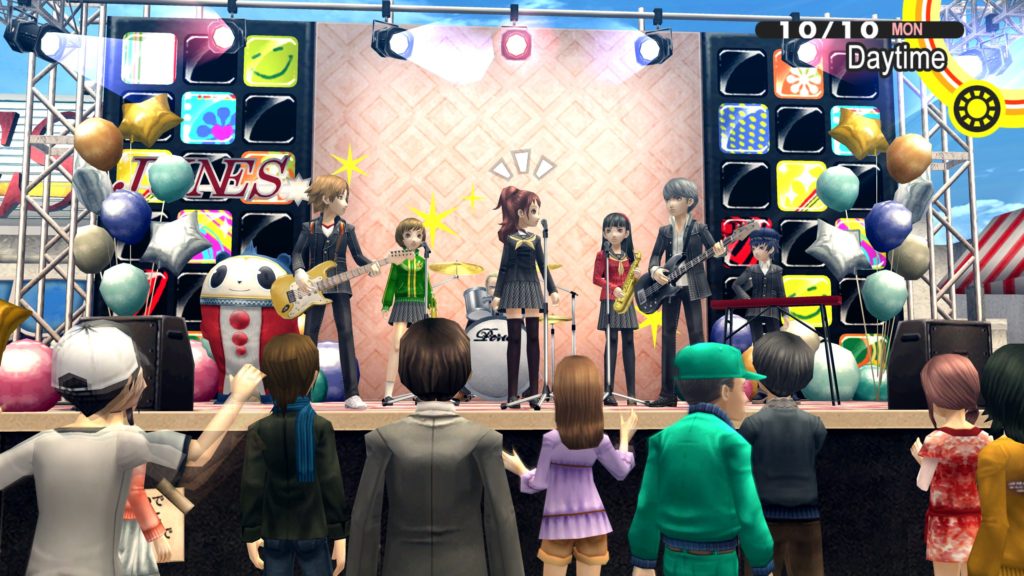
Persona 4 Golden (an updating of the original Persona 4 with some redone graphics and an extra storyline) is at its heart a murder mystery. Soon after the protagonist arrives in the small rural town of Inaba to live with his uncle and cousin while his parents are overseas for a year, a series of gruesome murders rock the town whenever the fog rolls in.
These murders seem connected to the “Midnight Channel”, an urban legend that says that at midnight when the rain is falling, you can turn into a dead television channel and see a shadowy vision of someone who is about to die.
While watching the Midnight Channel, the protagonist accidentally puts his hand into the TV, and at the electronics section of the local Junes, a mega-department store that is crushing the downtown businesses, he and his new friend Yosuke, son of the Junes manager, find they can actually enter the TV world, where they meet a strange bear creature named Teddie, who tells them of the world behind the screen.
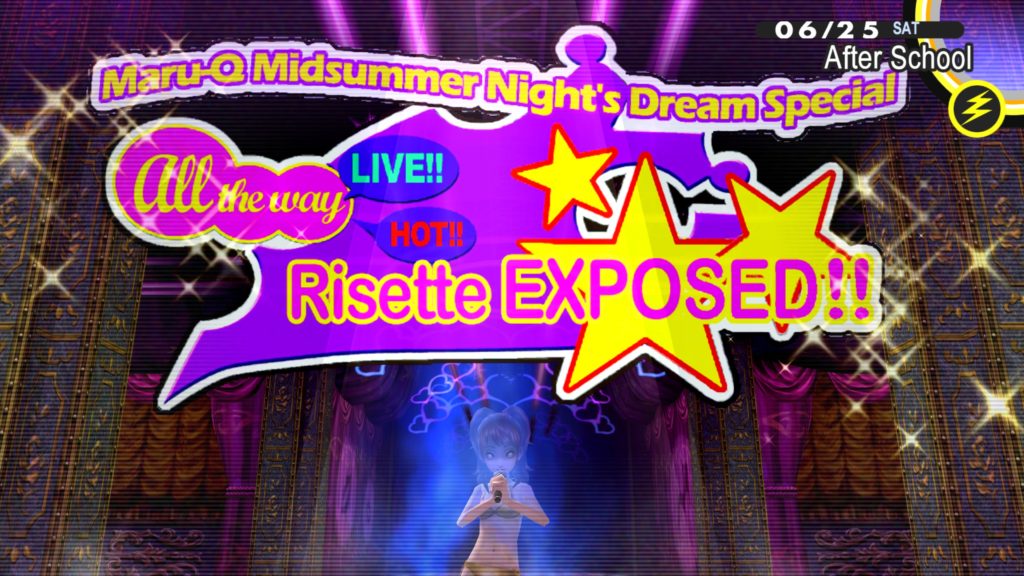
They find that the people who appear on the Midnight Channel have been thrown into the TV world form dungeons based on their buried subconscious desires. The protagonist and his growing band of friends (most of whom they have rescued) must find the murderer, shut down the mysterious Midnight Channel, discover the secret of the mysterious fog, while also doing well at school, holding down one or more part time jobs, and withstanding the suspicions of his uncle, who just happens to be the lead police detective investigating the murders — and finds it suspicious they all started happening just when his nephew came to stay.
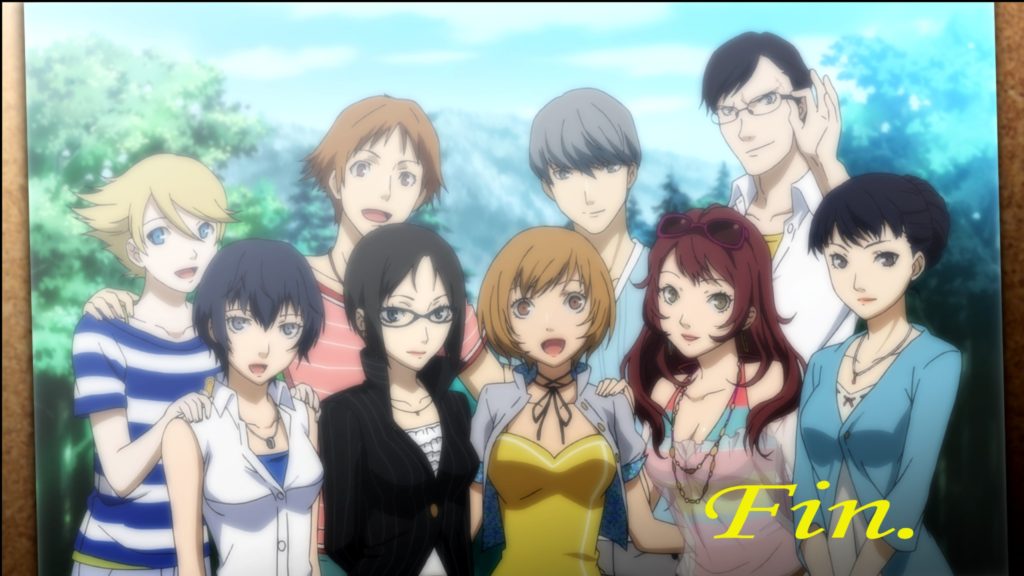
Persona 5 (and its remake, Persona 5 Royal) is a more refined version of the ideas and themes explored in Persona 4 (but look for the appearance of the Phantom Thief in P4!). P5 is more flashy, but I think P4 has more charm. The protagonist of P4 is not thought to be a criminal; he is staying with relatives, not a stranger; the tourist town of Inaba near the slopes of Mt. Fuji is more relaxed than the hustle of P5’s version of Shibuya, and the people are generally warmer and more quirky. The team is saving innocent people in their explorations of the TV world, not punishing evil doers in Persona 5’s Metaverse.
Person 4 has aged a bit, though, in its explorations of how people’s hidden selves might be very different from the face they present to the world. I think a game made in the present day would handle Naoto and Kanji’s stories with a little more sensitivity. They ultimately end in what I think is a good place, but getting there is a little painful. There’s also an unfortunate crossdressing chapter which seems out of place.
But none of that detracts from a really decent game that offers a lot of hidden surprises and can be adjusted to match any desired challenge, from no challenge at all, to a brutal slog where everything is set against you. I played it on normal mode and never really felt like I couldn’t progress without a lot of grinding, but the grinding was fun enough that I did some anyway.
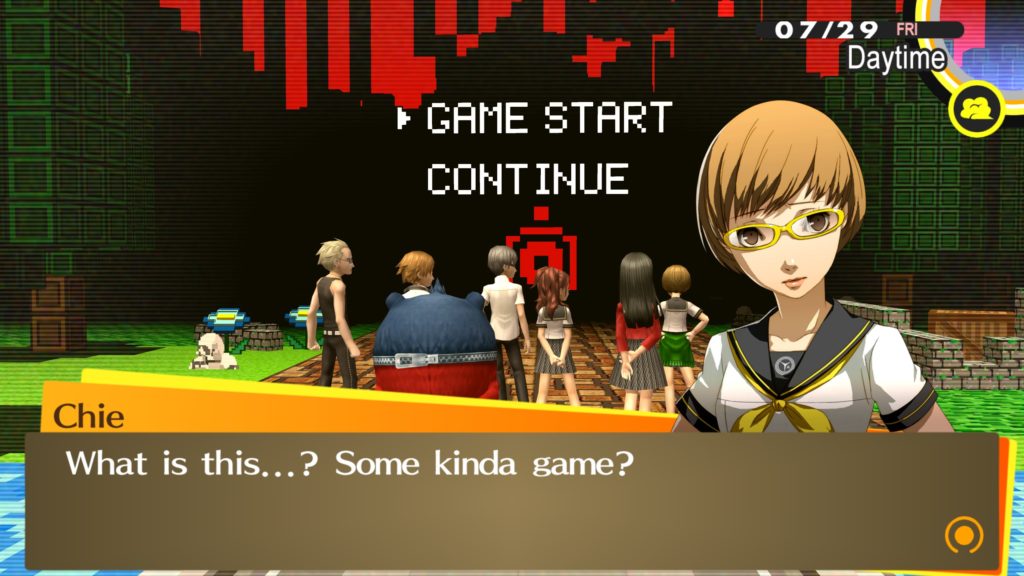
There are a few different endings to the game, and mysteries that seem solved but really aren’t. It’s very possible to think you have finished the game but to actually have a couple more answers to find, and dungeons to crawl to find them. You won’t want to miss them. They can be found on the first playthrough, and I did, but I had someone sitting next to me telling me what I had to do to unlock them. I might have missed them, and the true ending of the story, otherwise.
I’ve played the original Persona game on the Playstation. I found it very tedious and didn’t complete it. I watched my boyfriend play through Persona 3. I played through Persona 5 myself, watched my boyfriend play Persona 5 Royal, and I have played, just now, Persona 4 Golden.
How do they stack up?
At multiple times during P4, I saw ideas that they would end up doing better in P5. They reused and refined even some characters, and that led to me solving the greater part of the murder mystery very near the beginning of the game, though that wasn’t confirmed until near the end when we did the unmasking, Scooby-style.
But now, the day after I completed the game, I think I liked the warmer, more welcoming, friendlier atmosphere of Persona 4 over the grittier interrogation room that framed Persona 5’s story. Saving people is just generally more fun than punishing them.
If you haven’t played either P4 or P5, I’d really suggest starting with P4. Playing P5 first, as I did, somewhat spoils some of P4’s story beats, as they refined those earlier ideas in the later game. I guess P5 subverted the friendliness in P4, and that would have had more impact if I’d played P5 second.
It’s a fun game and well worth playing. Persona 3 is a very different game that didn’t really inform Persona 4 in the same way that 4 informed 5, though, so if you want to go on to work your way backward in the series, P3’s story and characters are much more standalone.
